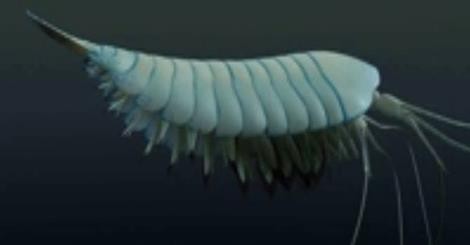Researchers from the U.S. and Canada claim that they have unearthed the fossil remains of a 508-million-year-old marine animal. The four-eyed creature had claws like a modern lobster.
The scientists discovered the fossil of Yawunik kootenayi in the Marble Canyon fossil site. That site is located in the Canadian Rockies, British Columbia.
The international team included a group of paleontologists. They included scientists from California's Pomona College and the University of Toronto.
The "new" creature lived up to 508 million years ago. That is over 250 million years before the first dinosaurs appeared.
Yawunik was about 10 cm (3.9 in.) long, and had long front appendages that resemble shrimps' and beetles' antennae. The antennae themselves contained three lengthy claws, while two of them included teeth for catching meals, according to Daily Science Journal
The creature could move its appendages both forward and backward. It could also spread them out when it needed to attack prey or predators.
Cedric Aria, a PhD candidate, is the lead author of the study that was published this week in the journal Paleontology. Aria said in a news release that the creature is "expanding our perspective " of the bodies and hunting of the first existing anthropods.
Yawunik is similar to modern anthropods. However, it is missing some "advanced traits" of modern scorpions, lobsters, and shrimps, according to International Business Times.
For example, Yawunik lacked appendages in its head used to process food. That differs from today's fleas and scorpions, for example.
The researchers used an electron microscope to examine the atoms of the fossil. This results in more precise study.
The name given to the newly discovered fossil is a tribute to the local Ktunaxa people. It refers to a mythological figure in their creation story.




























